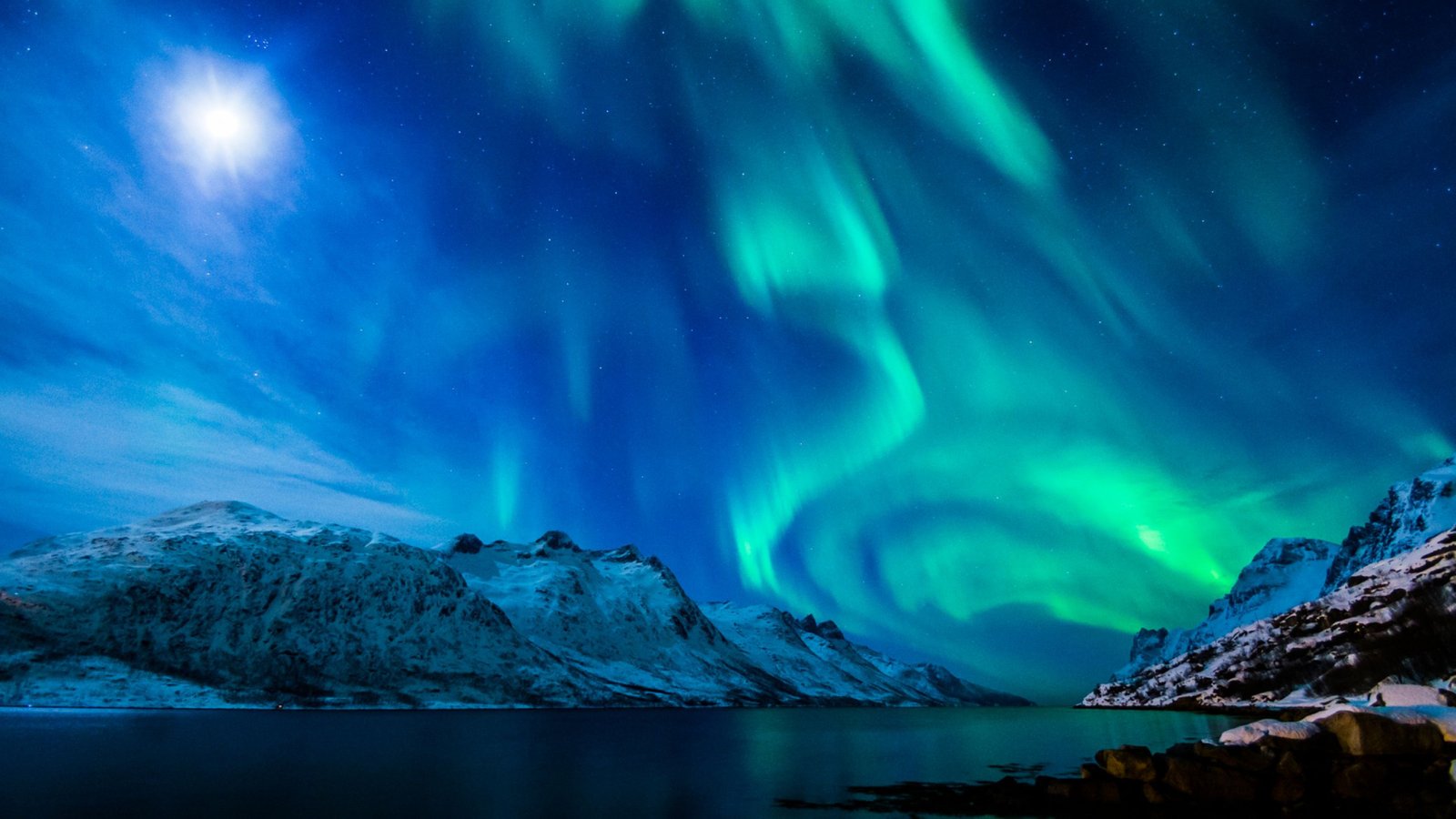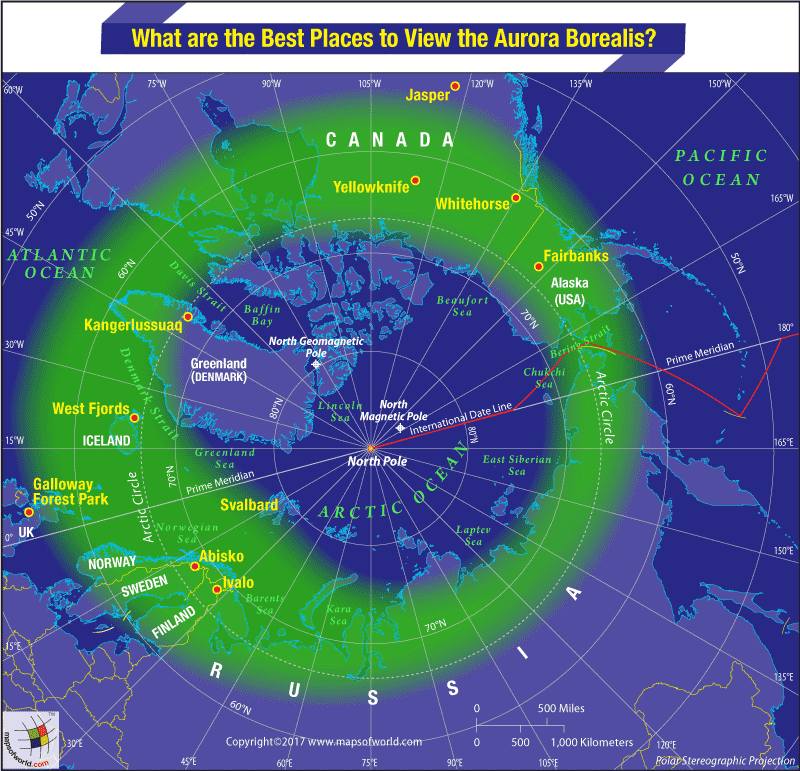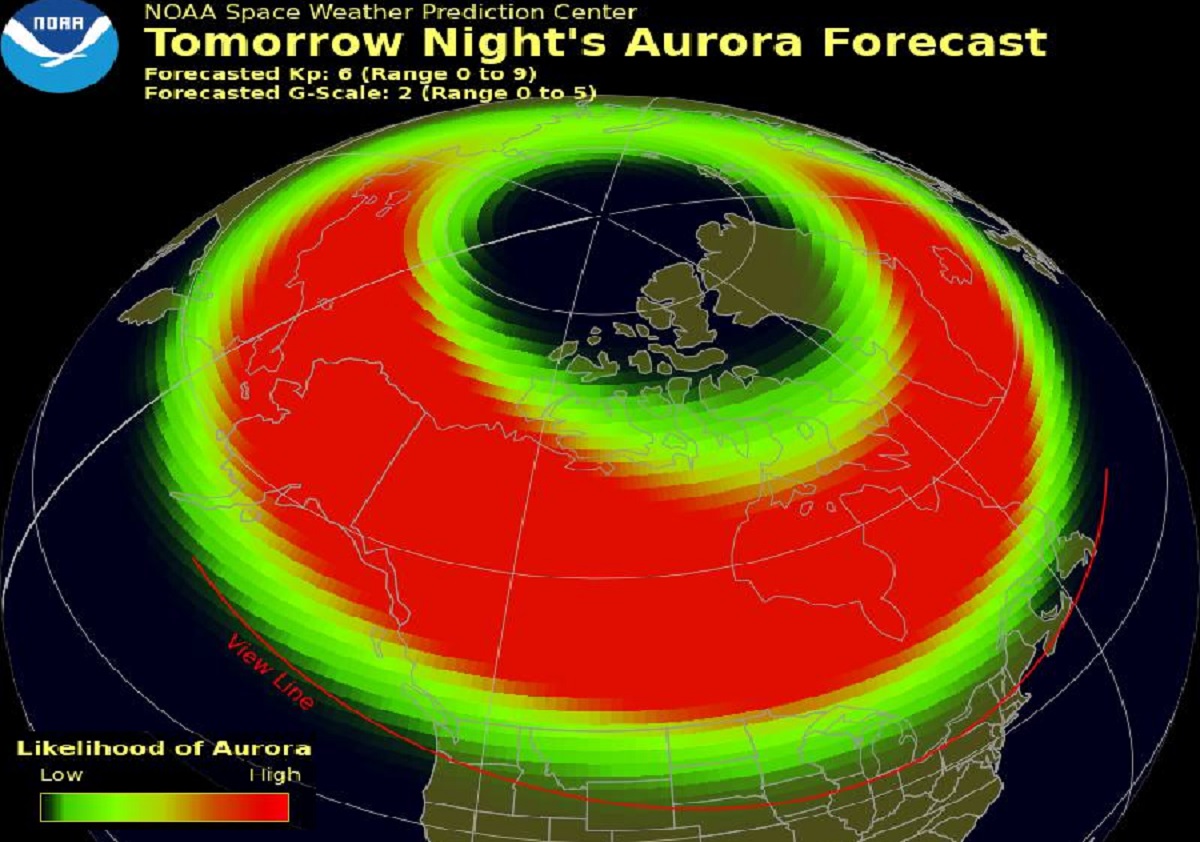Aurora Borealis UK 2025: The Ultimate Guide To Witnessing Nature's Light Show
The aurora borealis, often referred to as the Northern Lights, is one of the most mesmerizing natural phenomena on Earth. In 2025, the UK is set to witness some of the most breathtaking displays of this celestial spectacle. For those who have always dreamed of experiencing this wonder, the upcoming year offers an exceptional opportunity to marvel at nature's light show.
Aurora borealis UK 2025 is a topic of great interest for sky enthusiasts and adventurers alike. The celestial dance of vibrant lights across the night sky has fascinated humanity for centuries, and now, the UK is positioned to offer some of the best viewing opportunities. With its unique location in the Northern Hemisphere, the UK provides a perfect stage for witnessing the auroras.
As we approach 2025, advancements in technology and increased awareness have made it easier than ever to track and experience auroral displays. This article will guide you through everything you need to know about the aurora borealis in the UK in 2025, including the best locations, optimal viewing conditions, and tips for capturing the moment.
Read also:Mary Pope Osborne And The Magic Of The Magic Tree House
Table of Contents
- Introduction to Aurora Borealis
- Best UK Locations for Aurora Viewing
- Optimal Conditions for Viewing Aurora
- Aurora Forecasting Tools
- Essential Equipment for Aurora Watching
- Safety Tips for Aurora Hunters
- The Science Behind Aurora Borealis
- Cultural Significance of Aurora Borealis
- Photography Tips for Capturing Aurora
- Frequently Asked Questions
Introduction to Aurora Borealis
The aurora borealis is a natural light display predominantly seen in high-latitude regions of the Northern Hemisphere. It occurs when charged particles from the sun collide with Earth's magnetic field, creating vivid streaks of light in the sky. In 2025, the UK is expected to experience some of the most spectacular auroral displays due to increased solar activity.
What Causes Aurora Borealis?
The aurora borealis is caused by solar wind interacting with Earth's magnetosphere. Solar flares release charged particles that travel through space and enter Earth's atmosphere near the poles. These particles collide with oxygen and nitrogen atoms, emitting light in various colors such as green, pink, and purple.
Why is Aurora Borealis Important?
Beyond its aesthetic appeal, the aurora borealis provides valuable insights into Earth's magnetic field and solar activity. Scientists study auroras to better understand space weather and its potential impact on satellite communications and power grids.
Best UK Locations for Aurora Viewing
While the aurora borealis is more commonly associated with countries like Norway and Iceland, the UK offers several prime locations for witnessing this phenomenon. The northernmost regions of the country, especially Scotland, provide the best chances of seeing auroral displays.
Top UK Aurora Hotspots
- Caithness, Scotland
- Orkney Islands
- Shetland Islands
- Northumberland Dark Sky Park
- Isle of Skye
These locations boast minimal light pollution and clear skies, making them ideal for aurora hunting.
Optimal Conditions for Viewing Aurora
To maximize your chances of witnessing the aurora borealis in the UK, it's essential to consider the following factors:
Read also:Ella Rose Winter A Rising Star In The Entertainment World
Dark Skies
Light pollution can significantly hinder aurora visibility. Choose areas with minimal artificial lighting for the best experience.
Clear Weather
Cloud cover can obstruct your view of the night sky. Check weather forecasts to find nights with clear skies.
Solar Activity
High solar activity increases the likelihood of auroral displays. Monitor solar flares and geomagnetic storms for optimal viewing opportunities.
Aurora Forecasting Tools
Several tools and apps can help you predict auroral activity and plan your viewing experience:
Popular Aurora Forecasting Apps
- Aurora Service Europe
- My Aurora Alerts
- Aurora Watch UK
These apps provide real-time updates on auroral activity and alert users when conditions are favorable for viewing.
Essential Equipment for Aurora Watching
While you don't need much to enjoy the aurora borealis, some basic equipment can enhance your experience:
What to Bring
- Warm clothing
- Binoculars (optional)
- Camera for photography
- Red flashlight (to preserve night vision)
Preparing for the cold and unpredictable weather is crucial for a comfortable and enjoyable aurora hunting experience.
Safety Tips for Aurora Hunters
While chasing the aurora borealis, it's important to prioritize safety:
Key Safety Considerations
- Check local weather conditions before heading out.
- Tell someone about your plans and expected return time.
- Carry emergency supplies, such as a first-aid kit and extra food.
- Stay on marked trails to avoid getting lost.
By taking these precautions, you can ensure a safe and memorable aurora viewing experience.
The Science Behind Aurora Borealis
The aurora borealis is a result of complex interactions between Earth's magnetic field and solar wind. When charged particles from the sun enter Earth's atmosphere, they collide with gas molecules, releasing energy in the form of light.
Key Scientific Concepts
- Solar wind and geomagnetic storms
- Interaction with oxygen and nitrogen atoms
- Colors of the aurora and their significance
Understanding the science behind auroras can deepen your appreciation for this natural phenomenon.
Cultural Significance of Aurora Borealis
Throughout history, the aurora borealis has inspired countless myths and legends across various cultures. In Norse mythology, the lights were believed to be reflections from the shields of the Valkyries. Indigenous peoples of the Arctic have their own unique interpretations of the auroras, often associating them with spirits or ancestors.
Modern Cultural Impact
Today, the aurora borealis continues to captivate audiences worldwide, inspiring art, literature, and music. It serves as a reminder of the beauty and mystery of the natural world.
Photography Tips for Capturing Aurora
Photographing the aurora borealis can be a rewarding experience. Here are some tips to help you capture stunning images:
Essential Photography Gear
- DSLR or mirrorless camera
- Wide-angle lens
- Tripod
- Extra batteries
Camera Settings
- Use manual mode
- Set ISO between 800-3200
- Choose a wide aperture (f/2.8 or lower)
- Experiment with shutter speed (10-20 seconds)
With the right equipment and settings, you can create breathtaking images of the aurora borealis.
Frequently Asked Questions
When is the Best Time to See Aurora Borealis in the UK?
The best time to view auroras in the UK is during the winter months, from October to March, when nights are longer and darker.
How Often Can You See Aurora Borealis in the UK?
While sightings are less frequent than in countries closer to the Arctic Circle, the UK still experiences auroral displays several times a year, especially during periods of high solar activity.
Do I Need Special Equipment to See Aurora Borealis?
No special equipment is required to see the aurora borealis. However, warm clothing and a camera can enhance your experience.
Kesimpulan
The aurora borealis UK 2025 offers an unparalleled opportunity to witness one of nature's most spectacular phenomena. By understanding the science behind auroras, choosing the right locations, and preparing adequately, you can ensure a memorable experience. Share your thoughts and experiences in the comments below, and don't forget to explore other articles on our site for more fascinating insights into the natural world.
Remember, the aurora borealis is not just a visual spectacle; it's a reminder of the intricate connections between our planet and the universe. So, gear up, plan your trip, and get ready to marvel at the breathtaking beauty of the Northern Lights in the UK in 2025.


